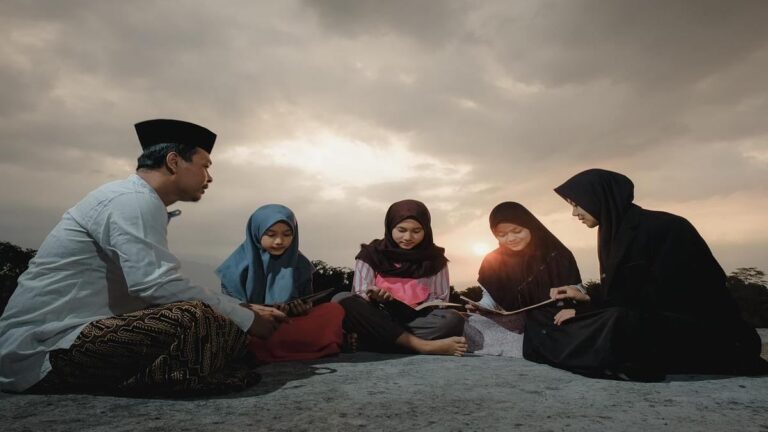
[ad_1]
According to the most recent AISHE 2020-21 data, enrolment of Muslim students has decreased by 8% in 2020-21 compared to 2019-20, and enrollment of Muslim students in Uttar Pradesh has decreased by 16%. However, Muslim student enrolment has expanded dramatically from 17,39,218 (as of AISHE 2016-17) to 19,21,713 (as of AISHE 2020-21), a 10.5% increase across the country. The fact that female Muslim students outnumber male Muslim students is notable.

The Muslim population in India is severely lagging behind other communities in terms of higher education enrollment, giving a grim picture of the Muslim community. While the COVID-19 pandemic is to blame for some of the falls, it also exposes the community’s economic issues, which sometimes push outstanding children to choose employment after graduating from high school rather than pursue further education.
Uttar Pradesh, where Muslims make up around 20% of the population, fared the worst, with a 36% decrease. According to the research, this was followed by a 26% drop in Jammu and Kashmir, an 8.5% drop in Maharashtra, and an 8.1% drop in Tamil Nadu. Even though the state claimed considerable growth in the number of institutions during the year, Muslim enrollment in UP is only 4.5%.
The Union Minister said, “However, the enrolment of Muslim students has increased significantly from 17,39,218 to 19,21,713, an increase of 1,82,495 (10.5%) across the country. A notable feature is that Female Muslim students have outnumbered male Muslim students.”
“The objective of the Schemes is to uplift the socio-economic conditions of the minority communities, increase their rate of attainment in higher education and enhance their employability, and to enable the poor and meritorious students to pursue Professional and Technical courses. These schemes have been instrumental in ameliorating the enrolment of minority students in educational institutes”, he further added.
Minority students are encouraged by the government through the Ministry of Minority Affairs’ Scholarship/Fellowship Schemes. The Ministry of Minority Affairs runs Pre-Matric, Post-Matric, and Merit-based Scholarship Schemes for students from six designated Minority communities: Buddhist, Christian, Jain, Muslim, Sikh, and Zoroastrian (Parsi).
These most recent modifications, together with the AISHE survey findings, underline the critical need for specific initiatives and policies to alleviate the educational gaps experienced by the Muslim population. It is critical to foster an environment that encourages and supports Muslim students in their pursuit of higher education. Measures should be undertaken to promote access to quality education, provide scholarships and financial aid, and raise Muslim community knowledge about higher education prospects. Furthermore, steps should be taken to address the community’s economic issues, ensuring that talented children are not compelled to forsake further education owing to constraints on their finances.
The only way to halt the downward trend in Muslim enrollment in higher education in India is for the government to develop a positive discrimination policy for Muslims. The Sachar Committee Report and the Mishra Report both advocated for the implementation of a positive discrimination policy in favour of Muslims, which certain southern states have done successfully but not the states with a large Muslim population.
[ad_2]
Source link